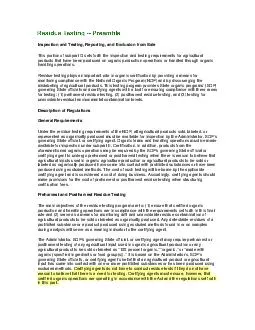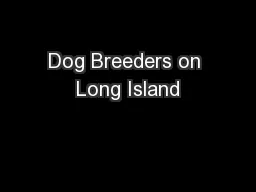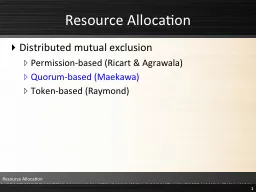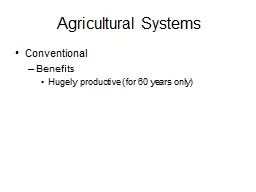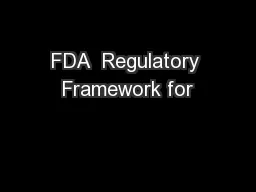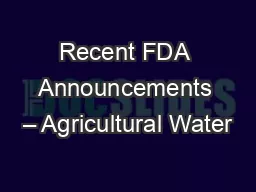PDF-Inspection and Testing Reporting and Exclusion from Sale This portion of subpart G sets
Author : yoshiko-marsland | Published Date : 2014-12-25
Residue testing plays an important role in organic certification by providing a means for monitoring compliance with the National Orga nic Program NOP and by discouraging
Presentation Embed Code
Download Presentation
Download Presentation The PPT/PDF document "Inspection and Testing Reporting and Exc..." is the property of its rightful owner. Permission is granted to download and print the materials on this website for personal, non-commercial use only, and to display it on your personal computer provided you do not modify the materials and that you retain all copyright notices contained in the materials. By downloading content from our website, you accept the terms of this agreement.
Inspection and Testing Reporting and Exclusion from Sale This portion of subpart G sets: Transcript
Download Rules Of Document
"Inspection and Testing Reporting and Exclusion from Sale This portion of subpart G sets"The content belongs to its owner. You may download and print it for personal use, without modification, and keep all copyright notices. By downloading, you agree to these terms.
Related Documents

